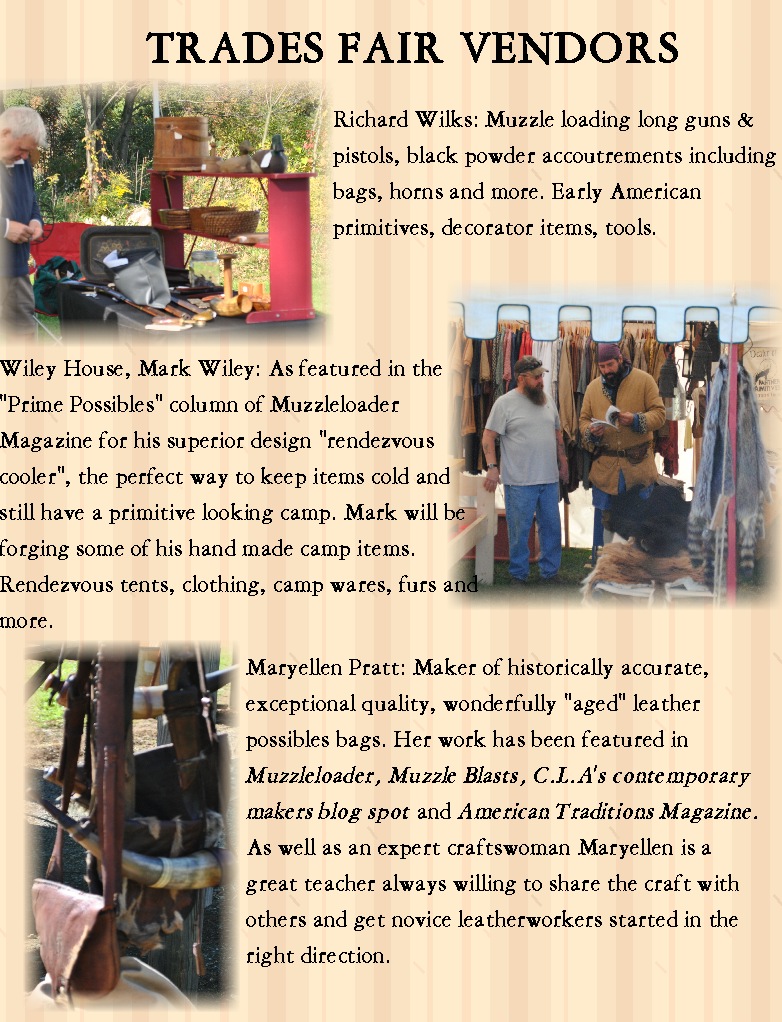

#Log cabin shop catalog 49 serial#
If drum magazines were mixed and used with different serial numbered PPSh-41, a loose fitting could result in poor retention and failure to feed. PPSh (left) compared to PPS (right) box magazineĪs standard, each PPSh-41 came with two factory-fitted drum magazines that were matched to the weapon with marked serial numbers. Modern aftermarket conversion kits based on the original Wehrmacht one also exist using a variety of magazines, including Sten magazines. The less powerful 9mm round generally reduces the cyclic rate of fire from 800 to 750 RPM.

In addition to barrel replacement, converted PPSh-41s also had a magazine adapter installed, allowing them to use MP 40 magazines.
#Log cabin shop catalog 49 manuals#
German-language manuals for the use of captured PPShs were printed and distributed in the Wehrmacht. The Wehrmacht officially adopted the converted PPSh-41 as the "MP41(r)" unconverted PPSh-41s were designated "MP717(r)" and supplied with 7.63×25mm Mauser ammunition (which is dimensionally identical to 7.62×25mm Tokarev, but slightly less powerful). Īfter the German Army captured large numbers of the PPSh-41 during World War II, a program was instituted to convert the weapon to the standard German submachine gun cartridge – 9×19mm Parabellum. Barrel production was often simplified by using barrels for the 7.62mm Mosin–Nagant: the rifle barrel was cut in half and two PPSh barrels were made from it after machining the chamber for the 7.62×25mm Tokarev cartridge. The PPSh-41 uses 87 components compared to 95 for the PPD-40 and the PPSh could be manufactured with an estimated 5.6 machining hours (later revised to 7.3 hours) compared with 13.7 hours for the PPD. Its parts (excluding the barrel) could be produced by a relatively unskilled workforce with simple equipment available in an auto repair garage or tin shop, freeing more skilled workers for other tasks. Soviet production figures for 1942 indicate that almost 1.5 million units were produced. By spring 1942, the PPSh factories were producing roughly 3,069 units a day. A few hundred weapons were produced in November 1941 and another 155,000 were made during the next five months. The new weapon was produced in a network of factories in Moscow, with high-level local Party members made directly responsible for meeting production targets. Shpagin created a prototype PPSh in September 1940, which also featured a simple gas compensator designed to prevent the muzzle from rising during bursts this improved shot grouping by about 70% relative to the PPD. Georgy Shpagin's main idea for cost reduction was to use metal stamping for the production of most parts. The PPD-40 was subsequently rushed into mass production in 1940, but it was expensive to manufacture, both in terms of materials and labor, because it used numerous milled metal parts, particularly its receiver.

Its 71-round drum magazine was later copied and adopted by the Soviets for their PPD-40 and PPSh-41 submachine guns. The impetus for the development of the PPSh came partly from the Winter War against Finland, where the Finnish Army employed the Suomi KP/-31 submachine gun as a highly effective tool for close-quarter fighting in forests and built-up urban areas. History World War II A 1942 PPSh-41 with a 35-round box magazine It became one of the major infantry weapons of the Soviet Armed Forces during World War II, with about six million PPSh-41s manufactured in this period, making it the most-produced submachine gun of the war. The PPSh saw extensive combat use during World War II and the Korean War in Eastern Bloc countries, monuments celebrating the actions of the Red Army commonly feature a PPSh-41. Made largely of stamped steel, it can be loaded with either a box or drum magazine and fires the 7.62×25mm Tokarev pistol round. The PPSh is a selective-fire submachine gun using an open bolt, blowback action. A common Russian nickname for the weapon is " papasha" ( папа́ша), meaning "daddy", and it was sometimes called the "burp gun" because of its high fire-rate. 'Shpagin's machine-pistol-41') is a Soviet submachine gun designed by Georgy Shpagin as a cheaper and simplified alternative to the PPD-40. 35-round box magazine or 71-round drum magazineģ2-round box magazine (Captured German versions)


 0 kommentar(er)
0 kommentar(er)
